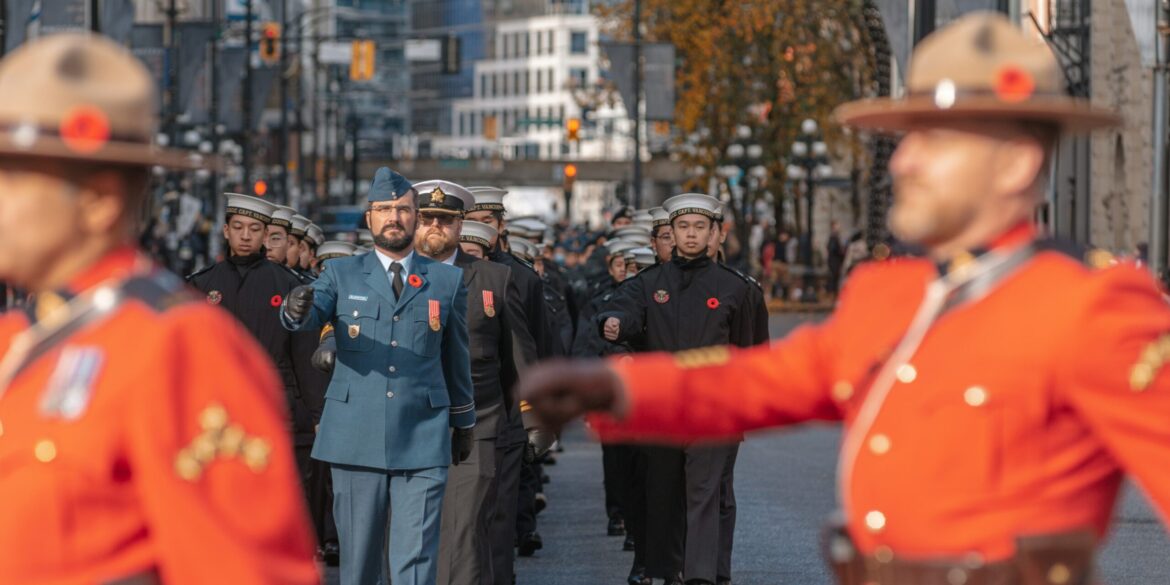As President Donald Trump gears up for a massive military parade on June 14, 2025, marking the U.S. Army’s 250th anniversary and coinciding with his 79th birthday, questions about the event’s true motivations are already being raised. The parade, set to feature thousands of soldiers, military vehicles, and aircraft, has sparked a significant debate, with critics accusing the president of using the spectacle as a political tool to strengthen his image ahead of the 2026 elections. While the parade’s supporters argue it is a celebration of the U.S. military and its storied history, detractors view it as an extravagant and unnecessary display that diverts attention from more pressing national issues.
The grand parade will be held in Washington, D.C., with plans to showcase some of the most advanced military hardware in the U.S. arsenal, including fighter jets, tanks, and other military vehicles. Trump’s administration has made no secret of its desire to honor the military’s contributions to national security, and the president has personally expressed enthusiasm for the event, stating it will “serve as a tribute to the brave men and women who have fought to keep America safe.” However, the timing of the parade—coinciding with the president’s personal milestone of turning 79—has led many to speculate about whether the event is designed to boost Trump’s political standing ahead of the 2026 midterm elections, which are set to be crucial for the future of his administration.
Critics of the parade argue that it is nothing more than a political spectacle meant to generate favorable media coverage for the president while diverting attention from critical issues facing the nation. Some point to the high estimated cost of the parade, which is expected to range between $25 million and $45 million. Given the substantial budgetary concerns that have plagued the U.S. government in recent years, including the ballooning national deficit and fiscal challenges, many have questioned the wisdom of spending millions on an event that some view as a political stunt rather than a genuine tribute to the armed forces.
A closer look at the budget for the parade reveals the considerable cost of staging such an event. The expense will cover not only the military hardware and personnel involved but also logistical support, security, and event coordination. While Trump supporters argue that the cost is justified by the need to honor the military, critics contend that this is a poor use of taxpayer funds, especially given the country’s current fiscal challenges. Public opinion appears divided, with some Americans expressing support for the idea of a military parade as a form of national pride, while others are frustrated by the perceived wastefulness of the event in a time of national uncertainty.
The parade is also raising concerns among military leaders and veterans’ groups, some of whom question the appropriateness of turning a military display into a political tool. While the U.S. military has long held a nonpartisan stance, the use of military force as a political tool is a sensitive issue. Some argue that turning the parade into a partisan spectacle could undermine the military’s credibility and its relationship with the American public. Moreover, there are concerns that such a display of military might could create a divisive atmosphere, particularly in a time of increasing political polarization across the nation.
Proponents of the parade, including some conservative lawmakers and military enthusiasts, argue that the event serves as an important reminder of the sacrifices made by U.S. soldiers throughout history. For them, the parade is a way to honor the military’s role in defending democracy and securing peace, and they view any criticism of the event as unpatriotic or dismissive of the sacrifices of service members. They believe that such a display of American strength can help unite the country and show the world the might of the U.S. military.
However, many question whether the parade will achieve its intended goals. Despite the rhetoric surrounding the event, some worry that it will only serve to deepen divisions in the country, particularly given the polarizing nature of President Trump’s political agenda. For many, the parade symbolizes an unsettling trend in American politics—one where the line between patriotism and political self-interest becomes increasingly blurred. As the date approaches, the debate surrounding the event will likely continue to evolve, with both sides claiming their views reflect the true spirit of America.
For the Trump administration, the parade offers a moment to reaffirm the president’s commitment to the military and to frame the upcoming election as one that will prioritize national security. But for others, it is a reminder of the political theater that often dominates Washington, where grand displays of power may distract from the real issues that affect ordinary Americans.
The costs, both financial and political, remain a central point of contention. As the nation prepares for the event, many are left to wonder whether the parade will be remembered as a fitting tribute to the U.S. military or simply as a political tool designed to further the ambitions of a president already seeking re-election.

